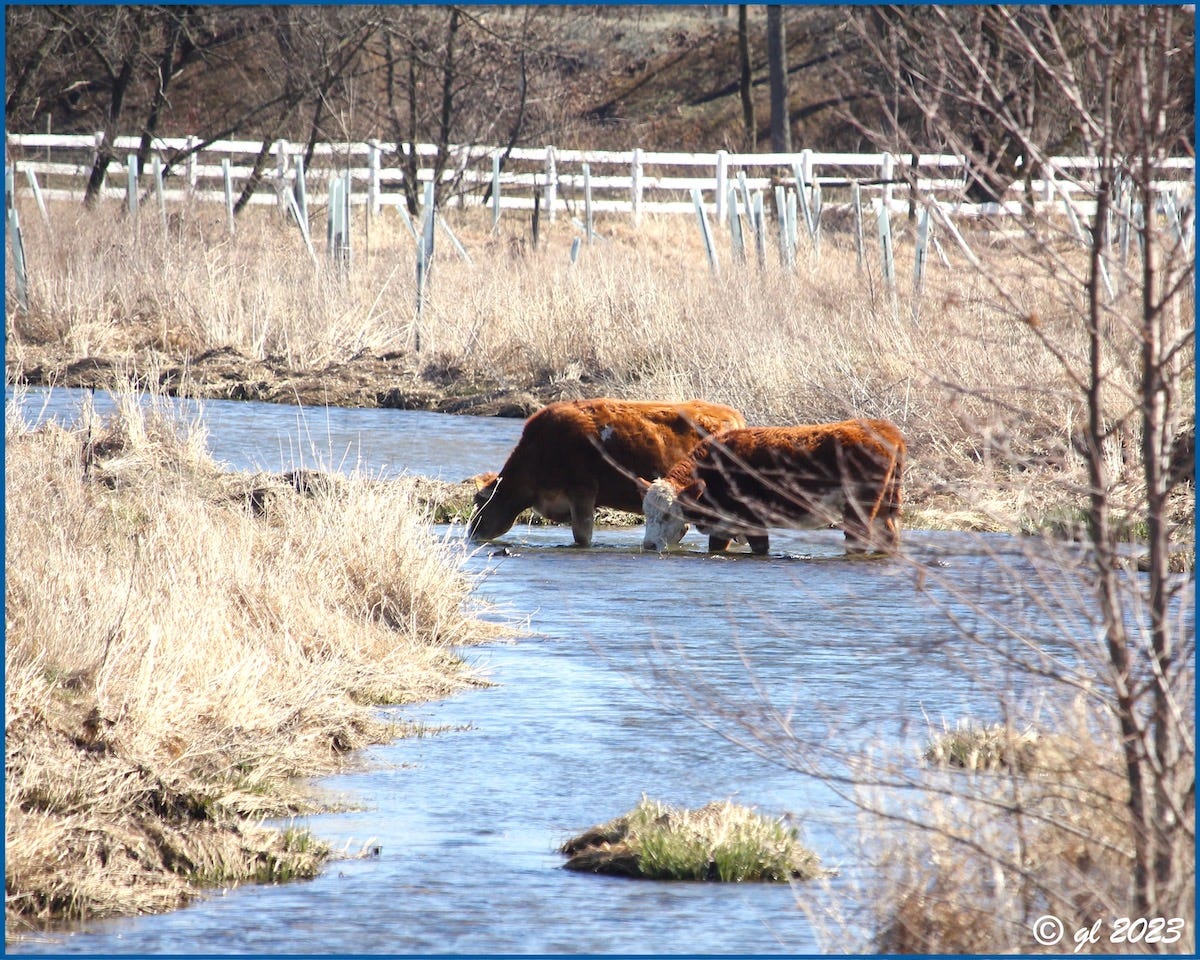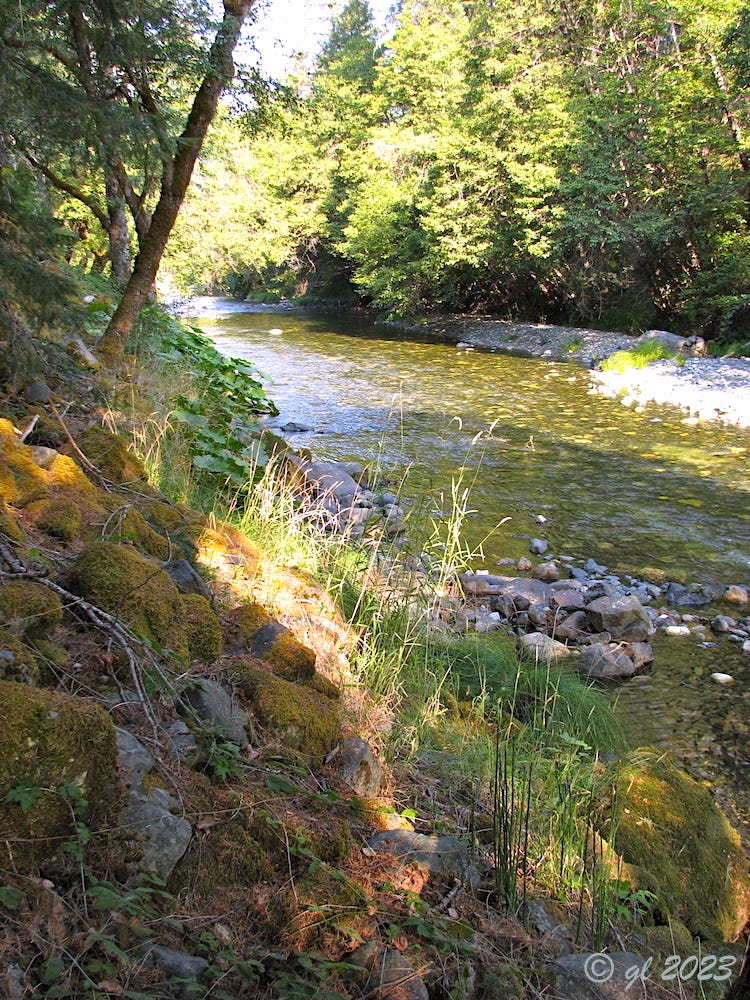Today we are diving into a new topic: Water.
Where does water fit into our complex food system? On the East Coast, where I am from, we don’t hear people talking about water much. On the west coast that is a much different story though.
Where does water come from?
I hardly know where to start. Take this ride with me as I dive into the complex topic of water for our agricultural needs.
Water is all around us. It is the most important thing for living beings next to oxygen.
To put things quickly into perspective, let’s look at how long farm animals and crops can generally survive without water.
It is my understanding, disclaimer–I am not a water consumption expert—that chickens and pigs typically don’t survive much longer than 48 hours without water, and most cattle can only survive a few days.
As for crops, much like humans, they have varying water needs. Crops like rice, soybeans, wheat and sugarcane are “water-intensive” crops. This means they need a lot of water!
But, where does it come from? It falls from the sky and bubbles out of the ground. It moves through public and private property for the most part, at will.
Here we begin an ongoing exploration of water. A journey that over the course of several weeks we could—together hopefully—acquire a deeper appreciation for what has rightfully become known as “Blue Gold?”
Most farmers typically get their water from surface sources. These include:
Natural rivers, streams and brooks
Impounded water such as ponds, reservoirs and lakes
Man-made irrigation ditches carry smaller amounts of water.
Open canals transport large amounts of water.
In many cases aqueducts are a source of water. These are man-made structures used to move water in a stream-like fashion over many miles, including across ravines, hollows and valleys.
If farms do not have access to these surface waters, there are other ways for them to get water for irrigation.
If a farmer is lucky they will have a healthy artesian well. An artesian well is like nature’s sipping straw into cold pristine water.
What most people are not aware of, is the increasing exploration and use of confined aquifers—underground rivers and streams.
And then there is, of course, rainwater. In addition to recharging sources of groundwater, rainwater can be captured and stored in rain barrels that typically store between 50 and 200 gallons. Rain barrels can be easily connected together to increase water storage capacity for smaller usage. And for big rainwater runoff capture, there are cisterns. Cisterns are much larger. They can be located above or below ground and can store thousands of gallons of water.
So now I think we have covered where farmers (and ranchers) get water to grow our food. Pretty simple right?
Maybe not so much.
The question begs, “Why, since the beginning of agriculture, have so many humans been fighting over such an abundant natural resource?”
Who owns the water?
How can anyone “own” water? It’s everywhere!
When talking about water, I think the most important thing to focus on is water “rights,” or who controls the water?
That is a very complicated topic. If you are a farmer that owns or leases property then you own—or should have access to—the water. Right?
Let’s briefly ponder this. As a property owner, when water reaches his or her property line, they own that water. Right? When water falls or flows onto your property, you have the authority to use it as you see fit, at least to a reasonable degree. Right?
Maybe it’s not so simple…
Did you know that southern California gets a vast amount of water unnaturally from the farthest reaches of northern California and southern Oregon? YES, southern Oregon! And it appears to be predominately at the expense of small farmers and ranchers against their will. This water travels upwards of 500 miles via aqueducts and canals to reach its destination.
Why would large corporations, NGO’s and irresponsible city, county, state and federal governments divert water from small farms and ranches to sprawling concrete jungles several hundreds of miles away? Do they not know that this behavior is destroying family farms and ranches? This has the capacity to damage our vulnerable ecosystems irreparably. Do the architects of these schemes not realize that destroying food security and local food availability will have and has had disastrous results?
Water is essential to our small farmers, ranchers and communities. Can water wars happen to us here on the east coast? If they do, are we prepared to tackle the complex political and policy issues that we will need to in order to ensure our right to the water on our own property? Because, without water rights, we do not have food security.
I am going to take the plunge and explore this topic in greater detail. Buckle up for the ride. We are diving in…







